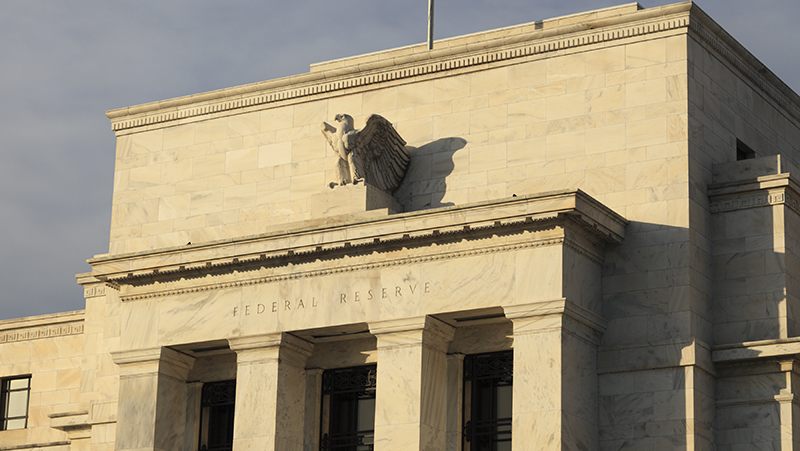Inflation in the US fell to 6.5% in the 12 months to the end of December, continuing its downward trend from June’s peak of 9.1%.
Having dropped from 7.1% in November, December’s CPI figure is the lowest since October 2021, and it will come as an “enormous relief” to the Federal Reserve and investors alike, according to Close Brothers Asset Management CIO Robert Alster.
He said: “Any print higher than the expected 6.5% headline rate would have been really negative, and risk assets would have heavily sold off. The fall in inflation is likely to have been priced-in to an extent, but it’s certainly good news for the market.”
Gerrit Smit, an equity manager at Stonehage Fleming, agreed that the market had anticipated the drop in inflation, adding that the confirmation of its downward trajectory ought to rebuild investor confidence.
How the Fed will respond promises to be one of the industry’s central talking points until the central bank’s next interst rate decision is announced on 1 February. The last meeting saw a 50bps rise on the back of four consecutive 75 basis point hikes. The Fed Funds rate currently sits at a range of 4.25% to 4.5%, which took borrowing costs to their highest level since 2007.
Smit said the latest figures reinforce the belief it has been successful in its task thus far.
Expectation now is for a 25bps hike at the start of next month. Charles Hepworth, investment director at Gam, believes the Fed will shift to a “slower but more persistently hawkish stance”, while Richard Flynn, managing director of Charles Schwab UK, highlighted the Fed’s promise to undertake a “hike and hold” policy for 2023.
Flynn added: “However, the story for the US economy in coming months will likely shift focus from inflationary concerns to potential stresses in the broader economy and labour market. If inflation continues to slow, many investors may hope the Fed begins to ease its monetary policy.”
However, we have not yet reached that point, and Quilter Cheviot’s head of fixed interest research, Richard Carter, said: “[The Fed] has been keen to stress that it remains in hawkish mode while the labour market is tight and the economy can handle it – it will likely claim that the battle against inflation continues rather than declare victory.
“As such, markets will remain volatile as each data print and statement is analysed for what it might mean for interest rates.”
On a cautionary note, he added: “We are a long way yet from getting through this current inflation malaise, and with recessionary talk ever present, the next moves of the Fed remain uncertain.”
Close Brothers’ Alster reaffirmed the difficulty of the central bank’s task: “The Fed has to walk a precarious tightrope, with the tension between lower inflation being good for markets, versus slowing economic growth negatively impacting company earnings. If that equation becomes unbalanced, it will cause a difficult environment for investors.”
Susannah Streeter, senior investments and markets analyst at Hargreaves Lansdown, agreed: “Fed officials still face a super-tricky balancing act. They know there is a lag between rate hikes and the impact on the economy, but they are still worried that by not tightening enough, demand could race upwards again, causing lingering price pain.”
Despite these potential pitfalls, eToro analyst Callie Cox said the report was, on the whole, good news: “The Fed is pulling this off.”
However, she warned that investors need to be careful: “Inflation still isn’t fully handled, and it’s easy for markets to get carried away. We may not see new highs until inflation is fully under control.”







